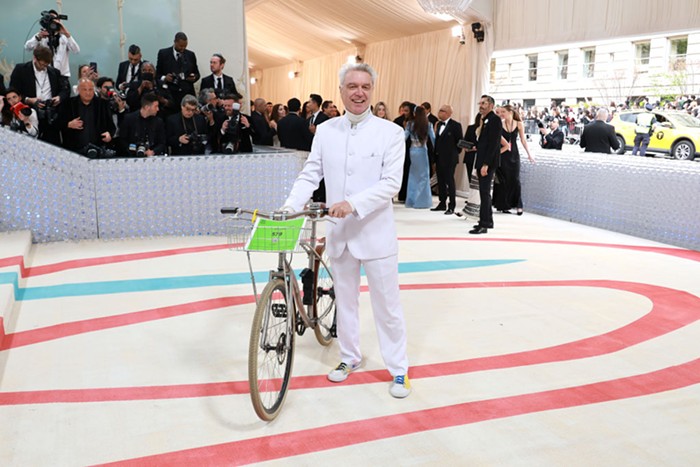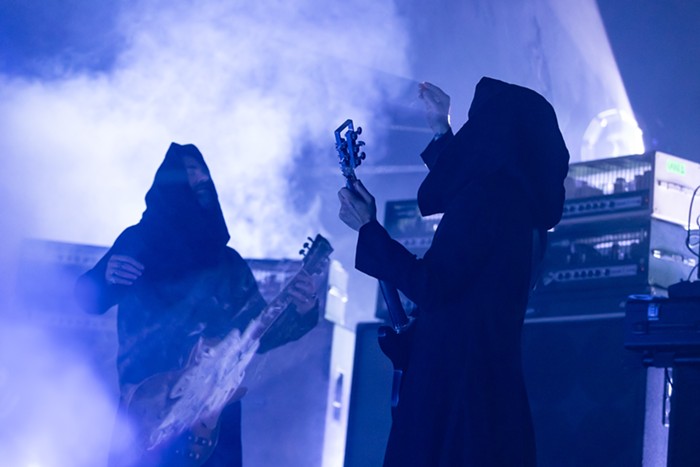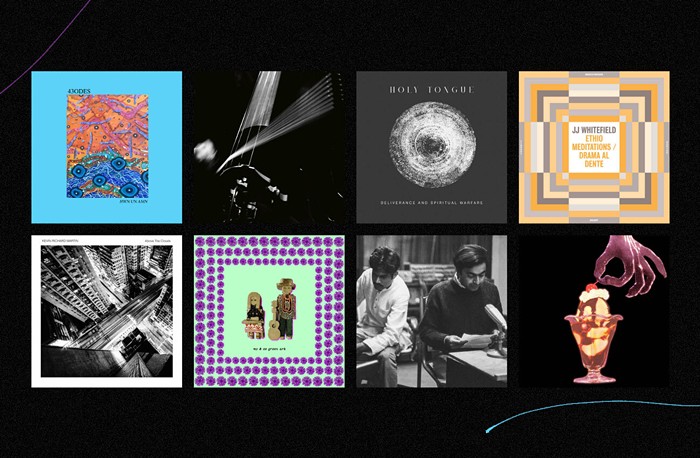It was unavoidable. In the mid-'90s, dance music was already beginning to diversify. House, techno, ambient, triphop, jungle—these prime genres were hybridizing and multiplying. As their new sounds developed, musicians and fans would analyze and pick out their most interesting acts. In the style of Simon Reynolds's infamous 1999 tome Generation Ecstasy, serious listeners classified these new sounds into a Byzantine network in order to complete the portrait of dance music's development.
Then came "electronica," the blanket term that pundits, impressed by the likes of Fatboy Slim and the Chemical Brothers, infamously coined as the next big thing; the blanket term that allowed dance music to seep into the mainstream. Fans and critics began to pick which sounds they liked and dismiss the rest. For me, that process began with the Crystal Method's first single, "Now Is the Time."
First released in late 1994, "Now Is the Time" was cheesy and overtly commercial. Its shuffling, booming mix of funky bass drums sounded like two left feet pounding on wood—which may be the reason why it was branded "big beat." (A friend once told me that big beat was for white people who can't dance.) Unlike the Chemical Brothers, Scott Kirkland and Ken Jordan's great big-beat rivals in the UK, they didn't offer any bizarre computerized noises, instead relying on a range of air raid sirens that quickly devolved into interminable clichés.
Three years later, armed with a major-label contract from Geffen (which signed the group to its electronica imprint Outpost Recordings), the Crystal Method released Vegas. For the next couple years, their prime singles—"Keep Hope Alive," "Busy Child," and "Vapor Trail"—were inescapable, techno standards that appeared in movies from Charlie's Angels: Full Throttle to Romeo Must Die to Zoolander. In all likelihood, even your mom's heard the Crystal Method.
On September 18, Vegas was reissued as a two-CD deluxe edition, its arrival forcing me to reconsider what the Crystal Method accomplished. A decade later, I'm still no fan. But I've learned to respect them.
With Vegas, the Crystal Method painted an undeniably evocative homage to Las Vegas, their home in the desert. You can hear the juxtaposition between the urban adult playground they lived in and the airy, breathtaking vistas that surround it in the way they plant hard-funk breaks—Clyde Stubblefield's famous drum licks on James Brown's "Funky Drummer" were a prime influence—into a morass of techno.
Kirkland and Jordan were pranksters who, like then-contemporaries Coldcut, stuffed their crazy breakbeats with unusual samples. While ostensibly a tribute to the L.A. rave scene—which at the time faced constant harassment from the police—"Keep Hope Alive" is also a play on the Rev. Jesse Jackson's signature catchphrase. "Busy Child" uses half a phrase from Eric B. and Rakim's "Juice (Know the Ledge)," and reduces Rakim's "Guess I didn't know the ledge" to "Guess I didn't know."
But as a pure dance record with no pop numbers, Vegas failed to resolve the problem most electronic artists face: What do you do when people stop dancing and start listening? Its two vocal numbers—the only songs here—are interesting; otherwise it's all long instrumentals with by-the-numbers buildups, dramatic drum rolls quickly dropping into fist-pumping choruses. Even in its newfangled "deluxe" format, Vegas sounds horribly dated to anyone who went to raves in the late '90s.
The second disc of remixes from Hyper, Paul Oakenfold, and others highlights the original album's superannuated feel as well as its enduring influence. As producers who are equally at home in the progressive-house world and the trendy-as-fuck electro-house scene, Canadian duo MSTRKRFT compress the six-minute "Keep Hope Alive" think piece into a four-minute slam dance, tightly winding fuzzy guitar effects around it like barbed wire around a prison fence. If "Keep Hope Alive" was the Crystal Method's optimistic take on rock 'n' roll and the L.A. dance scene's invincibility, then MSTRKRFT approximates hardcore punk for the cynical Modular set.
So why should anyone care about Vegas? The Crystal Method never enjoyed critical acclaim, but their music resonated with millions of people who heard it through car commercials and soundtracks. They were a brief yet memorable moment for the masses who knew nothing about rave culture. Today, dance music has risen from a subculture to a widely respected art form. Inadvertently, the Crystal Method played a big part in getting it there. ![]()


















